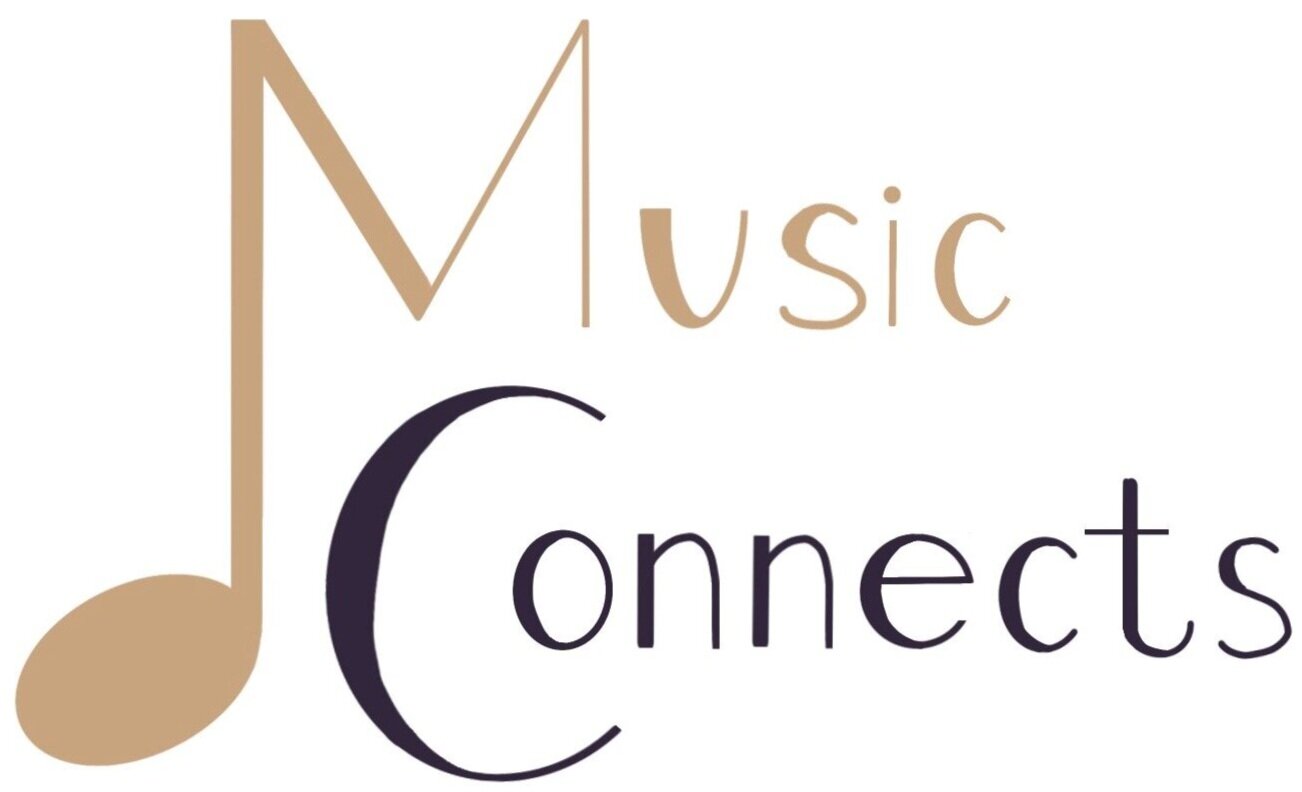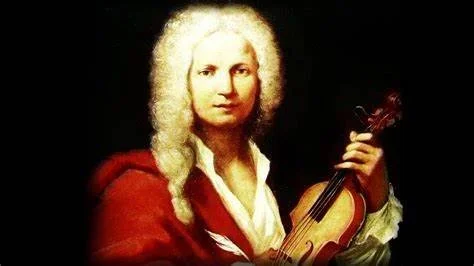Baroque Era (1600 - 1750)
The Baroque era was from approximately 1600 to 1750, following the Renaissance era and before the Classical era. Baroque refers to the style in music as well as in other arts such as paintings, sculptures and architecture during that time. Baroque music is usually:
Highly elaborate
Rigid and formal in form
Intricate with multiple melodic lines (voices) happening at the same time
Decorated with ornamental embellishments (trills, mordents, vibrato, etc.)
Some well-known Baroque composers:
Germany: Johann Sebastian Bach, George Frederick Handel
Italy: Claudio Monteverdi, Domenico Scarlatti, Arcangelo Corelli, Antonio Vivaldi
France: Jean-Baptise Lully, François Couperin, Jean-Philippe Rameau
England: Henry Purcell
-

Johann Sebastian Bach (1685-1750)
Bach was a German composer, organist and harpsichordist of the late Baroque period. He is regarded as one of the greatest composers of Western classical music. There are over 1,000 known compositions from Bach, and some of the well-known ones include: ‘Brandenburg Concerto’, ‘Goldberg Variation’, ‘The Mass in B Minor’, and the ‘Well-Tempered Clavier’, which comprises two volumes, each volume has a prelude & fugue in every major and minor keys (48 altogether).
-

George Frederick Handel (1685-1759)
Handel was born in Germany, moved to England in 1717 and became a British citizen in 1727. He was a composer, organist, and harpsichordist. Handel was a prolific composer with 45 operas, 25 oratorios and many works. Oratorios are large compositions for voice and orchestra, without acting, from the Bible. His most renowned work is the oratorio ‘Messiah’. Some other famous works are ‘Water Music’, ‘Coronation Anthems’, and the Italian opera ‘Giulio Cesare’. Recognized as a significant British composer, Handel was buried in Westminster Abbey.
-
Antonio Vivaldi (1678-1741)
Vivaldi was an Italian composer and virtuoso violinist. He devoted most of his working life to the well-respected choir and orchestra of Ospedale della Pietà, a Venetian orphanage for girls. He produced a vast number of compositions, in them 500 concerti, 90 sonatas and 46 operas. He established the fast-slow-fast three-movement concerto form. His best-known work today is ‘The Four Seasons’, a group of four concerti, each depicting a season of the year.
J. S. Bach - Prelude and Fugue in E Major, BWV 878, from Well-Tempered Clavier Book II
Pianist: Sir Andras Schiff
Handel - Hallelujah from Messiah
Sydney Philharmonia Choirs
The Hallelujah chorus is one of the most famous pieces of Baroque choral music.
Vivaldi - Summer from The Four Seasons.
Violinist Joshua Bell
Vivaldi composed The Four Seasons based on the sonnets he wrote. Here is the Summer sonnet, translated by Armand D’Angour, Oxford professor of classics.
In the harsh season, under blazing sun
man languishes, flocks wither, pine-trees burn;
the cuckoo’s voice trails off, while turtledoves
and finches sing impassioned in their turn.
The Zephyr softly stirs, but menacing
the North Wind sweeps it suddenly aside;
the shepherd cries with dread, and hanging on
before the gale, fears for his life and hide.
His limbs, exhausted, are deprived of rest,
alarmed by lightning-bolts and thunderclaps,
and by the flies and gnats in frenzied swarms.
Alas, what’s more, his fears are justified:
the heavens thunder loud with hail-filled rain,
cutting the heads from stalks of wheat and grain.

